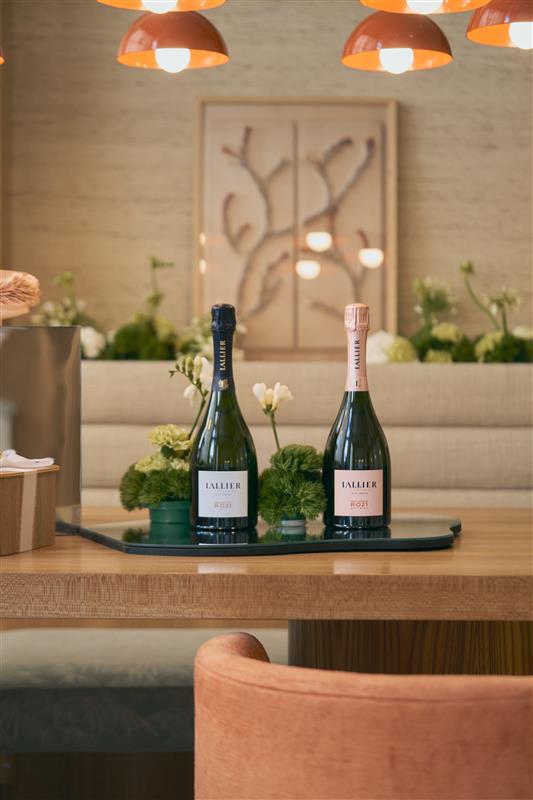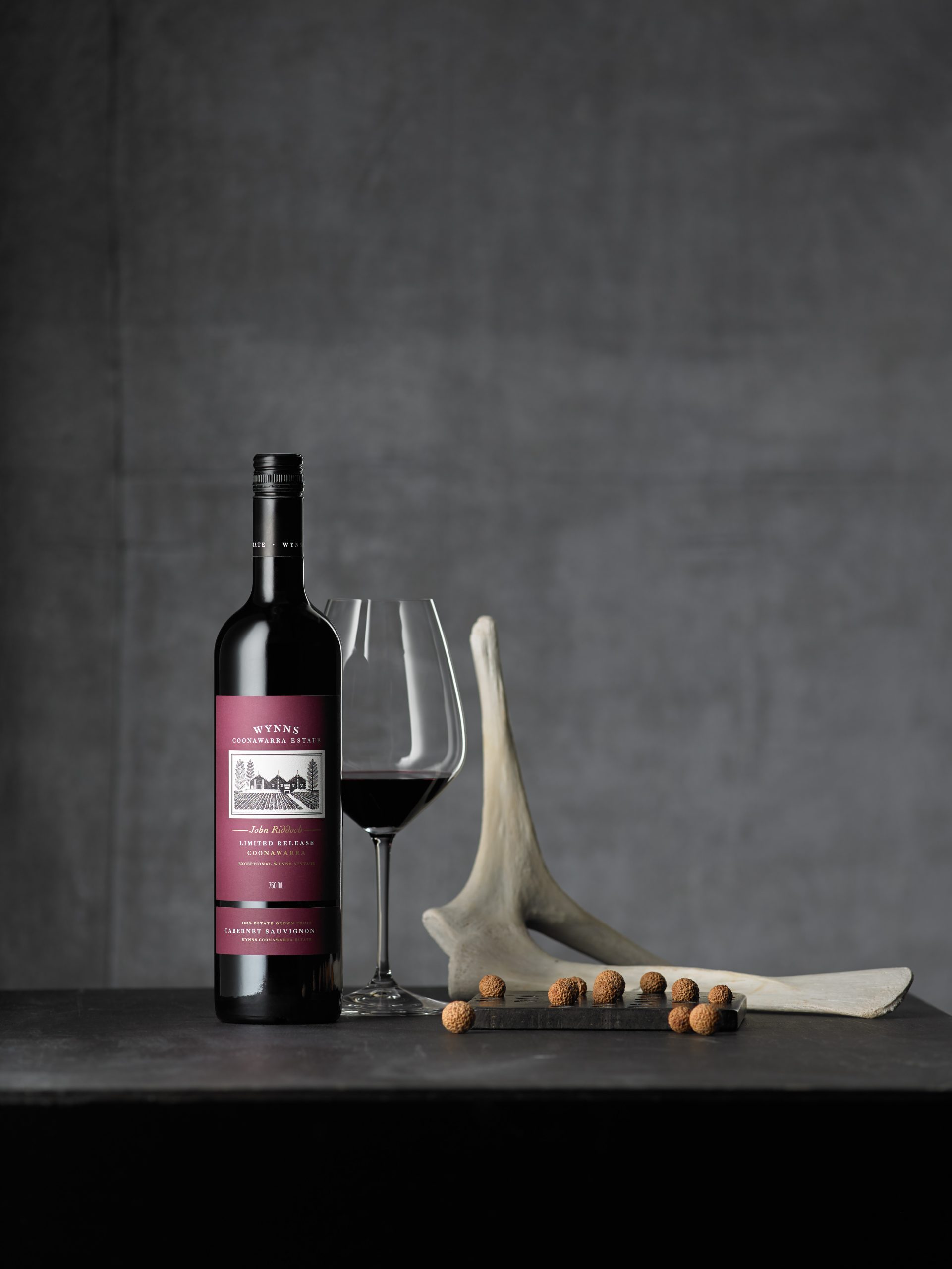Grand cru for Les Saint-Georges?
Nuits-St-Georges is one of the most historic and emblematic names of Burgundy – and yet, unlike many of its illustrious neighbours, it has no grand cru vineyards. Could that be about to change? Perhaps – but don’t hold your breath. Richard Woodard reports.

In the centre of Nuits-St-Georges, if you hunt around, you’ll find an unusual street sign: Place du Cratère Saint Georges. The back-story links this small merchant town’s chief claim to fame – wine – with the golden age of lunar exploration.
In July 1971, the Apollo XV mission to the Moon set out to explore a large crater in the side of the Mons Hadley Delta massif. The story goes that the crew got into a heated discussion about what they might find there, and decided to wager a bottle of wine on the outcome.
The wine in question had to be from Nuits-St-Georges – and the crater had to be so named – because of a reference in Jules Verne’s 1870 science fiction work, Autour de la Lune:
“Enfin, pour couronner ce repas, Ardan dénicha une fine bouteille de Nuits, qui se trouvait ‘par hasard’ dans le compartiment des provisions. Les trois amis la burent à l’union de la Terre et de son satellite.”
“Finally, to crown this meal, Ardan dug out a fine bottle of Nuits, which ‘just happened’ to be among their supplies. The three friends drank to the union of the Earth and its satellite.”
The irony? When Verne wrote these words, the town wasn’t called Nuits-St-Georges at all, but Nuits-sous-Beaune. It was originally simply Nuits but, when the railway arrived in 1849, was renamed to distinguish it from another Nuits (rechristened Nuits-sous-Ravières) further up the line.
It was only in 1892 that the town was finally allowed to shake off this rather humiliating moniker and, when it did, it appended the name of its most celebrated vineyard, becoming Nuits-St-Georges.
As this anecdote implies, Les Saint-Georges is, to quote Burgundy expert Jasper Morris MW, the “reference vineyard” of Nuits-St-Georges, but its classification remains that of premier cru. To many – and, in particular, to producer Thibault Liger-Belair – that’s an injustice that can only be remedied with promotion to grand cru status.
Liger-Belair, who, with just over two hectares out of Les Saint-Georges’ 7.52ha total, is its largest landowner, launched the grand cru campaign back in 2007, recalling that his grandfather would habitually taste Les Saint-Georges alongside Charmes-Chambertin.
His arguments range from the historical to the qualitative. When the original list of grands crus was finalised in the 1930s, the wine trade was in a very different place: in bad years, producers were forced to empty unsold wine from their vats in order to accommodate the new vintage. The merchants who sold the bulk of their wine as generic ‘Vin de Nuits’ had little interest in the elevation of the best components of their assemblages; especially when grand cru wines were more expensive because they incurred higher taxes.
Partner Content
Liger-Belair also highlights terroir and, in particular, a geological fault that brings deposits of fragmented limestone down from a blind comb to the north-west. “The soil is less deep, better-draining,” he says. “And the best-draining soil is the soil of the grand cru.”
Changes in vineyard and winery (less pigeage), Liger-Belair adds, have layered finesse on top of heft. “When I started making Saint-Georges in 2001, the wine was a little bit like a body builder,” he explains. “Then, after working with organics and biodynamics, it still has muscle, but the muscle is more like the muscle of a dancer. You see power, but with grace. It’s much more fine than it was in the past.”
Fifteen years in, the INAO application has reached the stage of drawing up a production rulebook – the cahier des charges – which in itself is quite a task when 13 landowners have to agree on the detail. Then there are the economic arguments: to be accepted as a grand cru, the wines have to sell for consistently higher sums than the other Nuits-St-Georges premiers crus.
Could this be a sticking-point? Morris highlights the similarly lofty status of neighbouring Les Vaucrains, which shares much of the geology of Les Saint-Georges, and of crus in the north, close to the border with Vosne-Romanée, including Aux Boudots, Aux Murgers and La Richemone. These are mostly owned by Vosne producers who are accustomed to charging a little more for their wines.
There could be an element of self-fulfilling prophecy at play here. Morris reports that wines from Les Saint-Georges weren’t priced at a strong premium prior to the grand cru campaign; once it was publicised, they climbed steadily above those of Les Vaucrains.
This differential was clear at the Hospices de Nuits auction held in March, when the average price paid for a barrel of the estate’s Les Saint-Georges bottlings (€45,133) was well above the mean for premier cru red wines across the sale (€26,510). Fifteen of the 17 highest-grossing lots were cuvées sourced from Les Saint-Georges.
So is elevation imminent? Not really. Asked when he expects that to happen, Liger-Belair predicts 2032, fully 25 years since he began his crusade. “We need that,” he says. “We need a generation to do it.” He also sees 2032 as a neat nod to the earlier promotions of Clos des Lambrays (1982), and of La Grande Rue (1992).
“It’s too slow, but it’s too slow for very good reasons,” says Laurent Delaunay, head of revived family négociant Edouard Delaunay and another fan of Les Saint-Georges. “You have to show over several decades if the quality is really better – it has to be a guarantee of that … But I think it would be fantastic for Nuits-St-Georges, and totally deserved.”
Morris agrees. “I am a great supporter of Nuits-St-Georges, and have been sorry to see that it is not always valued as an appellation as it should be,” he says. “The arrival of a grand cru would be a welcome boon.”
Les Saint-Georges would be Nuits-St-Georges’ first grand cru, but would it be its last? Does Liger-Belair think any of the other premiers crus have similar merit? He pales slightly at the thought of embarking on another generation-long effort, but says with some hesitation: “Yes. Yes, maybe Les Cailles [another adjacent cru] and Les Vaucrains. But someone else can take that on…”
Related news
Castel Group leadership coup escalates
For the twelfth day of Christmas...
Zuccardi Valle de Uco: textured, unique and revolutionary wines




